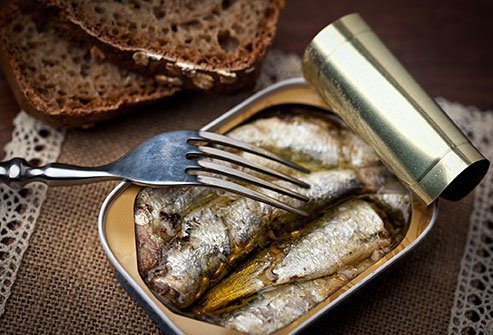Is It Safe to Eat Swai Fish?
What is a swai fish?

Swai fish, scientifically known as Pangasianodon hypophthalmus, has become popular over the last few decades in the United States. It is a freshwater fish and native to the Mekong lake in Southeast Asia, but its extensive fish farming is carried out in Vietnam. Most of the available swai fish come from Vietnam.
Swai fish is called by various names that include
- Vietnamese catfish
- Panga
- Pangasius
- Sutchi
- Striped catfish
- Basa
- Iridescent shark
- Tra
- Cream dory
- Silver striped catfish
- Vietnamese river cobbler
The reason why swai fish is consumed by many American families is that it does not have a typical fishy taste or smell. It is tasty and takes in the flavor of any dressings or sauce put over it. It is even cheaper than most other fishes. Being a fleshy fish with less bony structure, it is ideal for broiling, grilling, or frying. These reasons have made it one of the most common fishes used in restaurants all over the United States. However, concerns about its safety arose after reports of unsafe practices of fish farming in Vietnam emerged.
Let us have a look at some of the findings that will help you decide whether you should eat swai fish or not.
- Speculation about high mercury content:
- There are various reports from several reputed organizations of the world that have pointed out the bad quality of the water in which swai fish are bred. Research has found the presence of heavy metals, such as mercury, in swai fish in amounts above the acceptable levels for consumption.
- Unsafe fish farming practices in Vietnam:
- Swai fish is not choosy about what they eat. As a result, they have been given leftover foods from restaurants or cheap quality fish food in Vietnam. This can make the swai fish toxic and of substandard quality.
- Increased administration of antibiotic:
- Another concern is more than the necessary use of antibiotics in swai fish. As per reports, many swai fishes have developed resistance to a few of the antibiotics that are also used for treating infections in humans. Hence, there is an increased risk of the development of antibiotic resistance in humans as well if they consume such swai fish.
- There are stringent rules and regulations on antibiotic use in marine lives in the United States; several antibiotics have been banned in fish farming. Unfortunately, such regulation is absent in Vietnam.
- High sodium content:
- A high sodium content (222-594 mg/100 g) was detected in swai fishes obtained from Vietnam, probably and partially due to the sodium tripolyphosphate (used to retain moisture). The high sodium content can cause problems like high blood pressure.
What is the nutritional value of swai fish?
The American Academy of Dietetics and Nutrition recommends eating fish as a preventive method against heart and neurological conditions. This quality of fish is largely attributed to the omega-3 fatty acids present in it. However, the amount of omega-3 fatty acids present in a single serving (4 ounces or 114 g) is low as compared to other fatty fishes, such as salmon and sardines. The amount of protein (15 g) is also similar to or less than other fishes.
| Name | Amount | Unit | % DV |
| Energy | 70.1 | kcal | |
| Protein | 15 | g | |
| Carbohydrate, by the difference | 0 | g | |
| Total lipid (fat) | 0.497 | g | 1% |
| Fiber, total dietary | 0 | g | |
| Sugars, total including NLEA | 0 | g | |
| Calcium, Ca | 0 | mg | |
| Iron, Fe | 0.362 | mg | 2% |
| Sodium, Na | 410 | mg | 17% |
| Vitamin C, total ascorbic acid | 0 | mg | |
| Vitamin A | 0 | IU | |
| Fatty acids, total saturated | 0 | g | |
| Fatty acids, total trans | 0 | g | |
| Cholesterol | 45.2 | mg | 15% |
% DV = percent of the daily requirement
If you are buying canned swai fish, read the labels carefully. You may find its origin written on them. Choose the wild-caught swai fish over the farm-raised one. The wild-caught swai is more likely to be free from pesticides as well as other problems that come with farm-raised ones.
Make sure that you purchase swai from a reputable source in the United States. The United States Food and Drug Administration does oversee the safety of seafood sold within the country.
It is wise to assess the risks and benefits of consuming swai fish and then decide whether to eat them or not. If you do not wish to continue eating them, you can choose to switch to alternative fishes that are equally or more nutritious than swai fish. Instead of swai fish, you can eat:
- American catfish
- Salmon
- Perch
- Halibut
- Herring
- Cod

